Table of Contents
- WSL(Windows Subsystem for Linux)-CSDN博客
- WSL 现在提供 Systemd 支持 - Linux迷
- WSL:两个操作系统的联合_wsl是什么意思-CSDN博客
- 設定 WSL 開發環境 | Microsoft Learn
- WSL 将于 2023 年 9 月进行重大更新并提供新功能
- wsl的安装_wsl安装-CSDN博客
- WSL 1.3.14 (Windows Subsystem for Linux) wsl -install jetzt auch ohne ...
- 【WSL】使用WSL在Windows上安装Linux(Ubuntu20.04)_install linux on windows with ...
- Windows Subsystem for Linux Has Reached v1.0 Stable Release
- 一波 WSL 使用小技巧【持续更新。。。】 - 知乎

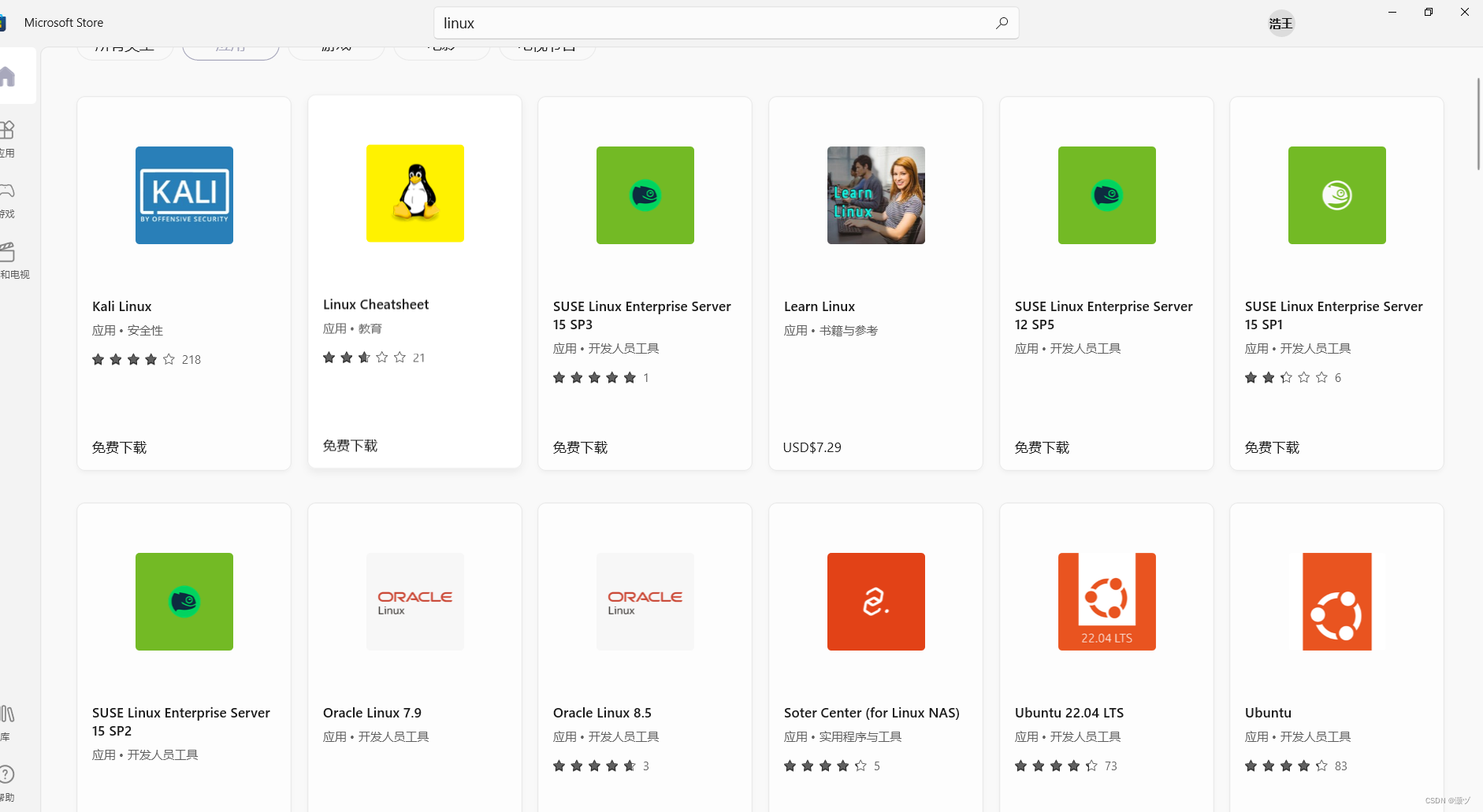

What is Windows Subsystem for Linux?
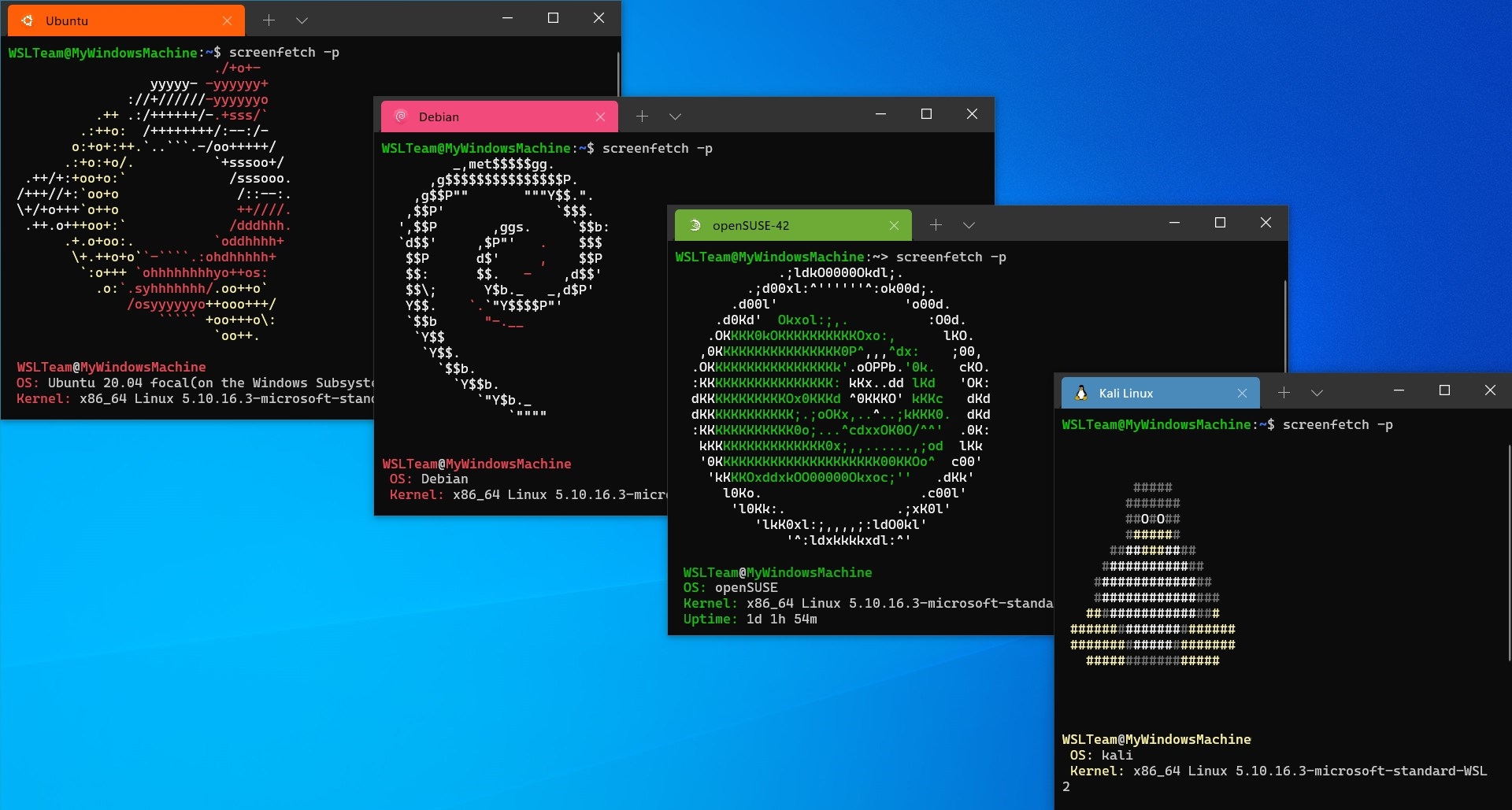
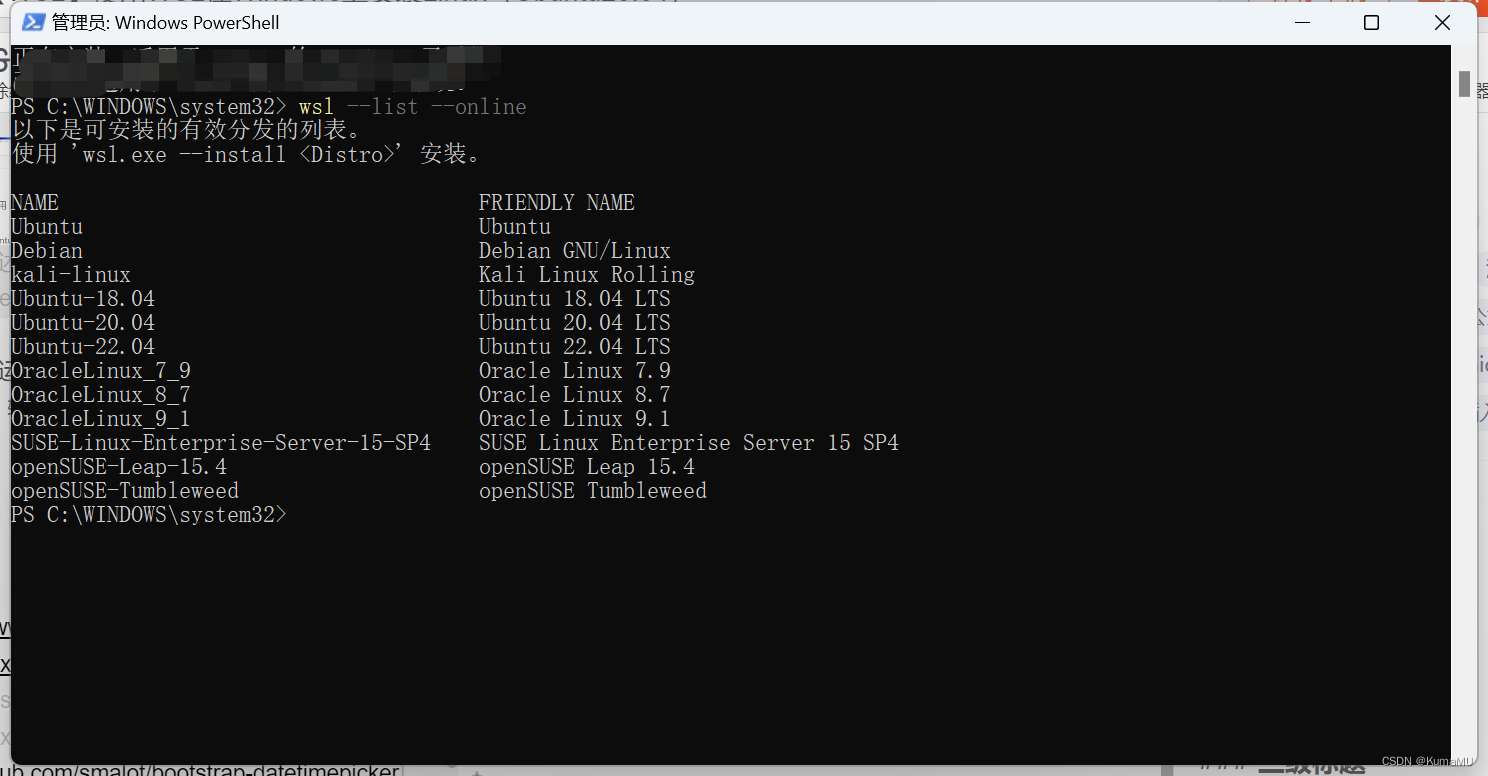

Key Features of Windows Subsystem for Linux

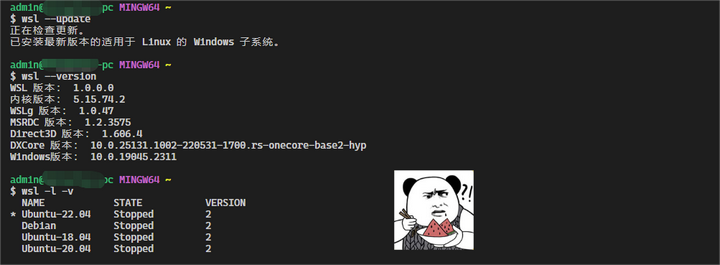

Benefits of Using Windows Subsystem for Linux
The benefits of using WSL are numerous and varied. Some of the most significant advantages include: Improved Productivity: WSL allows developers and power users to work on Linux projects directly on Windows, eliminating the need for dual-booting or virtual machines. Enhanced Security: WSL provides a sandboxed environment for running Linux applications, improving overall system security. Increased Flexibility: With WSL, users can choose from a variety of Linux distributions and customize their environment to suit their needs.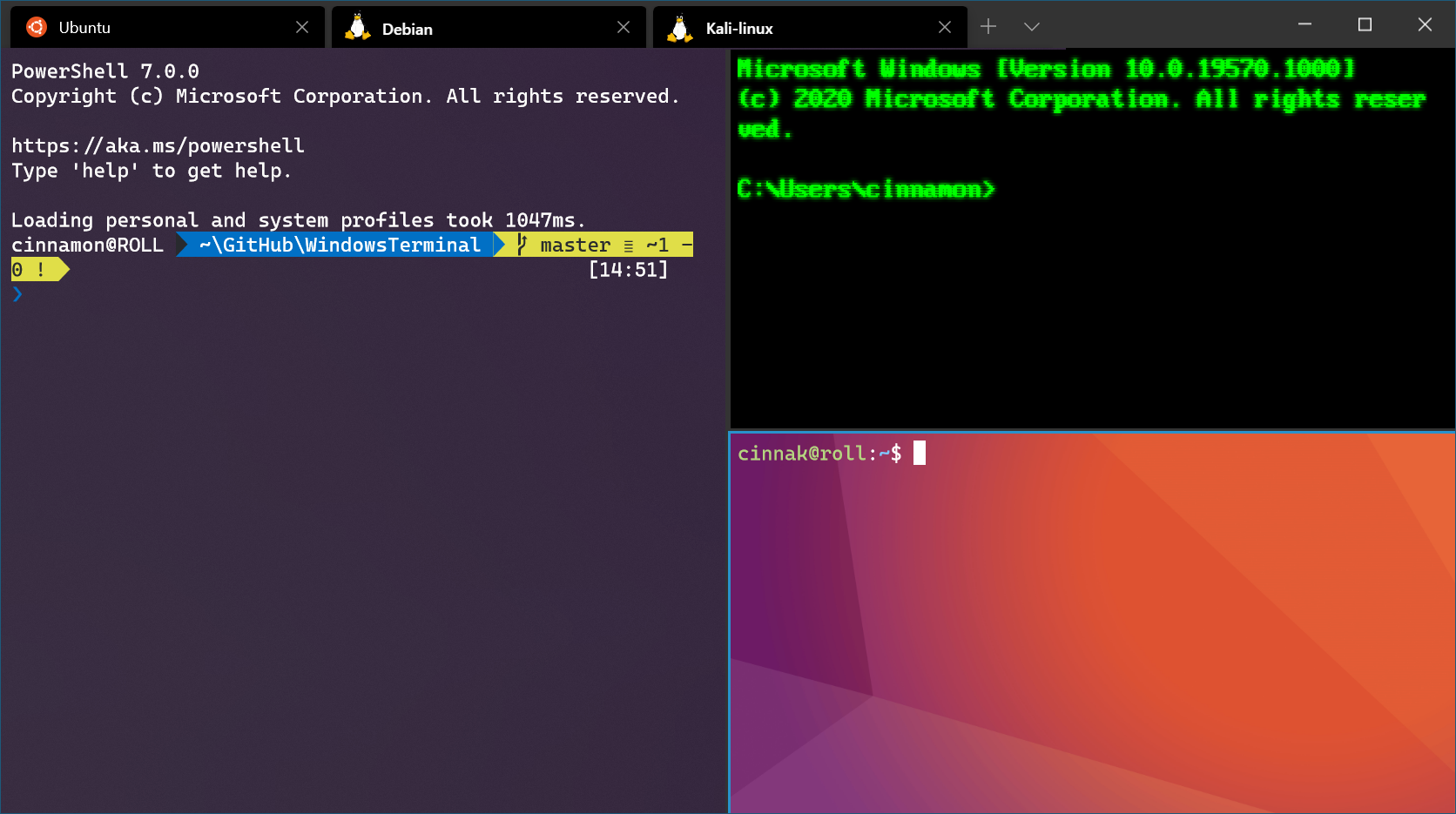
Getting Started with Windows Subsystem for Linux
Getting started with WSL is relatively straightforward. To install WSL, users need to: 1. Enable WSL: Enable the WSL feature on Windows by searching for "Turn Windows features on or off" and checking the box next to "Windows Subsystem for Linux". 2. Install a Linux Distribution: Install a Linux distribution from the Microsoft Store. 3. Set up WSL: Follow the prompts to set up WSL and start using Linux on Windows. In conclusion, the Windows Subsystem for Linux is a powerful tool that bridges the gap between Windows and Linux. With its robust features, improved productivity, and enhanced security, WSL is a must-have for anyone looking to unlock the full potential of their Windows machine. Whether you're a developer, programmer, or power user, WSL is an excellent choice for running Linux on Windows. So why wait? Install WSL today and experience the best of both worlds.Keyword density: Windows Subsystem for Linux - 1.4%, Linux - 1.2%, Windows - 1.1%, WSL - 0.8%
